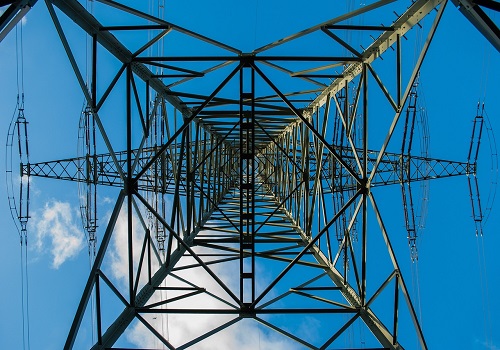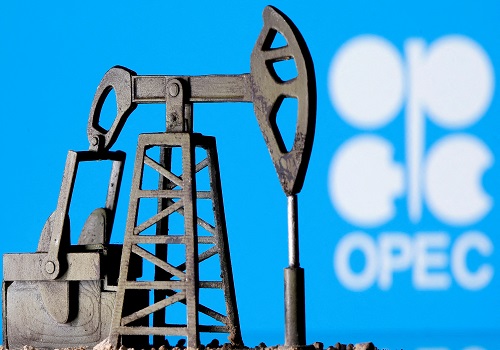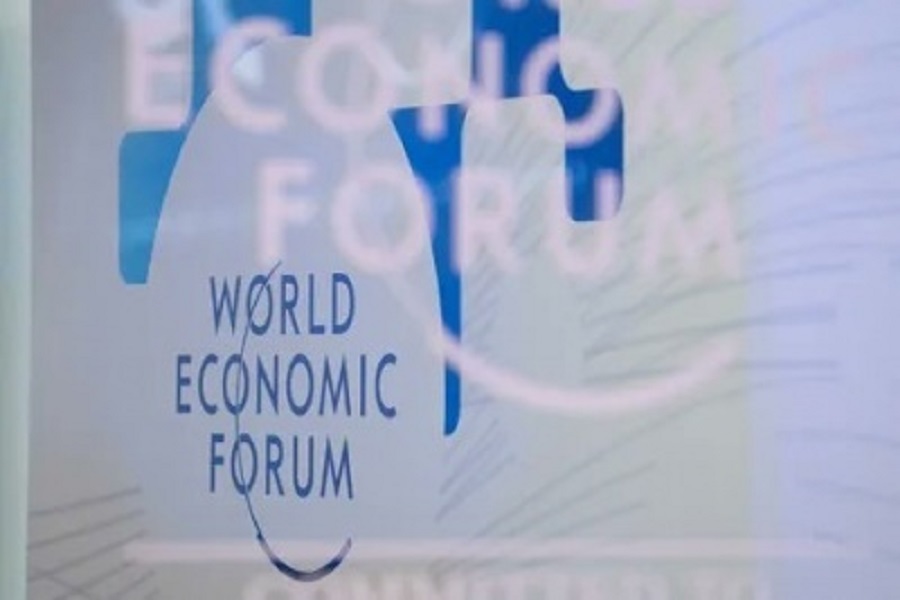Cabinet greenlights Rs 18,036 cr project to connect Mumbai, Indore via shortest rail route

The Cabinet on Monday approved a new 309-km railway line project worth Rs 18,036 crore to connect the commercial hubs of Mumbai and Indore through the shortest rail route.
The project, to be completed by 2028-29, would also bridge unconnected areas in two districts of Maharashtra and four districts of Madhya Pradesh.
According to the Cabinet Committee on Economic Affairs (CCEA), the project will also generate direct employment for about 102 lakh man-days during construction.
With this project, 30 new stations will be constructed, providing enhancing connectivity to ‘Aspirational District’ of Barwani in Madhya Pradesh.
The new line between Indore and Manmad will provide connectivity to about 1,000 villages and about 30 lakh population.
The railway line project will provide direct connectivity to Pithampur Auto Cluster (houses 90 large units and 700 small and medium industries) from gateway port of JNPA and other state ports.
It will also provide direct connectivity to millet-producing districts of Madhya Pradesh and onion-producing districts of Maharashtra, which further facilitates in the distribution of the same to northern and southern parts of the country, said the government.
The approved project is in line with Prime Minister Narendra Modi’s vision of a New India which will make people of the region “Atmanirbhar” by way of comprehensive development in the area which will enhance their employment and self-employment opportunities.
It will also promote tourism in the region by providing shorter route between western/south-western part of the country with central India.
The government said that this new line will increase the tourist footfall to various religious places in the Ujjain-Indore region, including Shri Mahakaleshwar Jyotirlinga Temple.
This is an essential route for transportation of commodities such as agriculture products, fertilizer, containers, iron ore, steel and cement, etc. The capacity augmentation work will result in additional freight traffic of magnitude of about 26 MTPA (million tonnes per annum).

























